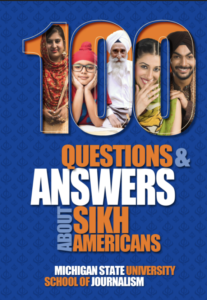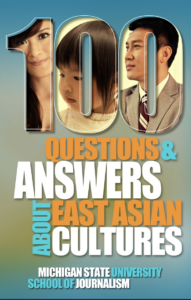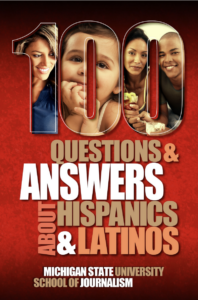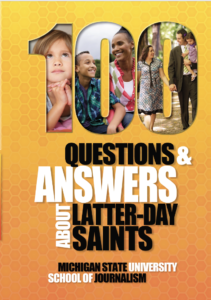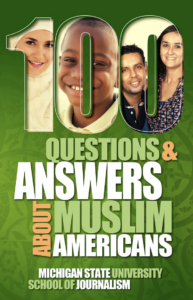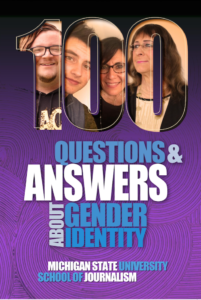Kamala Harris, the first person of South Asian descent to be U.S. vice president, is leading a White House effort to attract Asian American votes at a key moment in the presidential race.
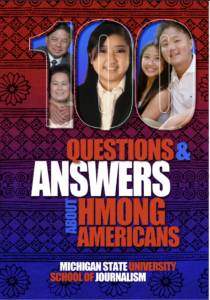 Harris will give the keynote address at 3 p.m. Friday at the APIAVote town hall in Philadelphia. The address will be live-streamed. The nonprofit advocacy group focuses on motivating Asian American and Pacific Islander voters.
Harris will give the keynote address at 3 p.m. Friday at the APIAVote town hall in Philadelphia. The address will be live-streamed. The nonprofit advocacy group focuses on motivating Asian American and Pacific Islander voters.
President Joe Biden has spoken at similar rallies targeting Black and Hispanic or Latino voters. Members of his campaign team say they are planning events in the swing states of Michigan, Wisconsin, Pennsylvania, Arizona and Georgia.
AAPIVote was founded in 1996 because turnout by Asian American voters was lower than that of other ethnic groups. This population is incredibly diverse, so the reasons for low voter participation were varied. Some AAPI people had language barriers. Others were not citizens and ineligible to vote. Some came from countries where open voting was not a tradition.
A study by the Center for Inclusive Democracy reported that in the 2020 presidential election, Asian-American, Black and Latino people who were old enough to vote made up nearly 30% of all eligible voters but only 22% of the votes cast.
The report is called The New Electorate: The Strength of the Latino, Black and Asian-American Vote.
The picture has changed since 2020 when AAPI voting hit a new high. Today, the number of Asian Americans in the United States is growing faster than any other major ethnic group. Furthermore, they have the fastest-growing percentage of eligible voters in the United States. According to a Pew Research Center study of Asian American voting numbers overall have grown by 15%, or about 2 million eligible voters in four years. That is faster than the 12% for eligible Hispanic voters. The nation’s voting population overall grew by 3%.
Pew reports that Asian Americans are the only major racial or ethnic group where most of its eligible voters are naturalized citizens (56%).
AAPIVote attributes the rise in Asian American voting to sustained population growth, organizing, and work to encourage registration and voting.
AAPI voting is addressed in “100 Questions and Answers About Hmong Americans: Secret No More.” The book was released this month by Michigan State University. Hmong people came here in large numbers when the United States pulled out of Vietnam in 1975. Hmong people have a higher rate of naturalization and vote at higher levels than most Asian American ethnic groups. This series of more than 20 cultural competence guides is available on Amazon.




